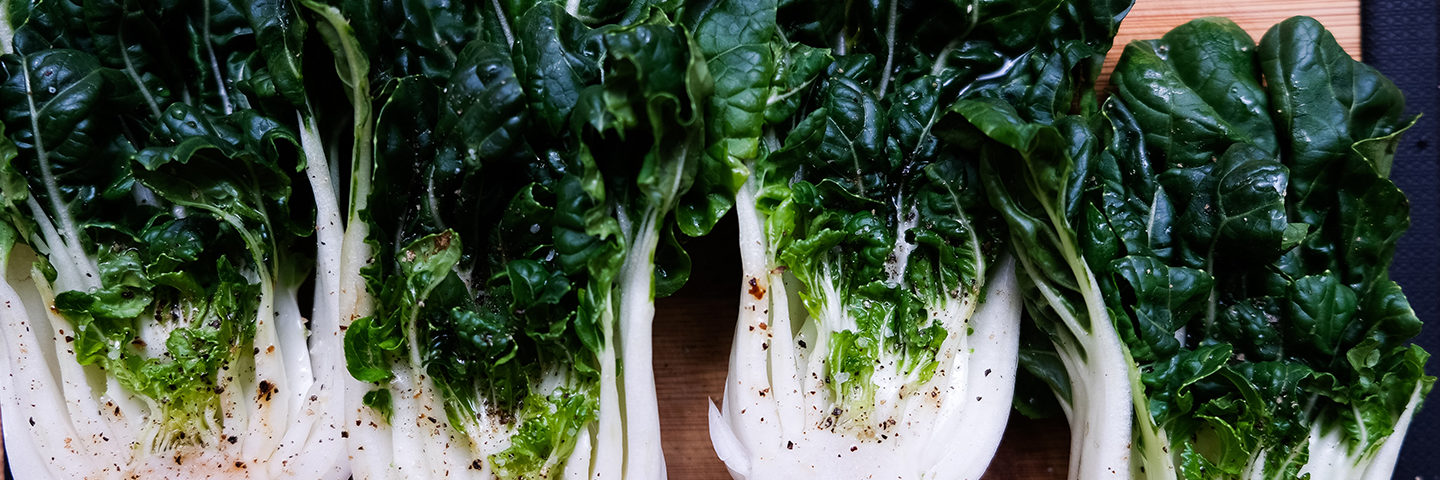
Try Something New!
If you’re starting to feel bored with the same-old dinner plate, now is the time to try something new!
When I give store tours, I am always surprised by the answers to questions about fruit and vegetable purchases. What I have found is that overwhelmingly, people do not purchase outside of their “normal” fruits and vegetables for two major reasons. First, they do not see the need to try anything different (because they already eat some fruits and vegetables). And second, they do not have any idea what to do with them. There are good reasons to try something new. All you need is a plan!
Good Reasons to Try Something New (aka: Motivation!)
Green. Help reduce the risk of heart disease and certain types of cancer, normalize digestion time, support eye health, fight harmful free-radicals, and boost immune system activity.
Red. Associated with a reduced risk of some cancers, especially prostate cancer. Red fruits and veggies also help reduce the risk of heart disease by helping to lower blood pressure and LDL cholesterol levels. Compounds in these fruits and vegetables help scavenge harmful free radicals.
Yellow & Orange.
Associated with enhanced immune function, improved visual properties and decreased risk of cataracts and age-related macular degeneration. Citrus fruits help heal wounds, and contain antioxidants that may help reduce the risk of heart disease and certain types of cancer.
Blue & Purple. Contain powerful antioxidants that are protective against cell damage and offer the advantage of reduced risk of stroke and cardiovascular disease. Additionally, some studies associate these darker fruits with improved cognition and decreased age-associated memory loss.
White. Contain nutrients that provide powerful immune boosting activity and are also helpful in reducing cardiovascular disease and the risk of developing certain types of cancer.
The Plan to Follow Through (Because … Intentions – Actions = Squat!)
Now that you’re motivated, you need to set an action plan. Here are a few ideas …
Try one new fruit or vegetable each week. Let the kids help you pick it out. Asking for their opinion and giving them say over what you try will increase the odds they’ll try it. Young children? Scavenger hunt to find something they’ve never tried. Older children? Have them research how to prepare it (or let them prepare it !)
Correlate unique fruits and vegetables to something going on in your life. Are you planning a spring trip to an exotic land? How about some exotic fruits to get you (not to mention your beach-body) ready!
Try something usual, but prepare it in a new way. This counts too! But if you always make your Brussels sprouts with bacon in a skillet, try roasting them with some fresh garlic and lemon juice instead.
What To Do With Something New? Recipes! Try the one below or check out the Recipes on this site … it has all the information you need in one place!
Baby Bok Choy with Cashews
Serves 4.
Ingredients
- 2 Tbsp olive oil
- 1 cup chopped green onions, including green ends
- 3 cloves garlic, chopped
- 1 pound baby bok choy, rinsed, larger leaves separated from base, base trimmed but still present, holding the smaller leaves together
- 1/2 teaspoon dark sesame oil
- Salt
- 1/2 cup chopped, roasted, salted cashews
Directions
Heat olive oil in a large sauté pan on medium high heat. Add onions, then garlic, then bok choy. Sprinkle with sesame oil and salt. Cover, and let the baby bok choy cook down for approximately 3 minutes. (Like spinach, when cooked, the bok choy will wilt a bit.) Remove cover. Lower heat to low. Stir and let cook for a minute or two longer, until the bok choy is just cooked. Gently mix in cashews.
Recipe courtesy of SimplyRecipes.com


